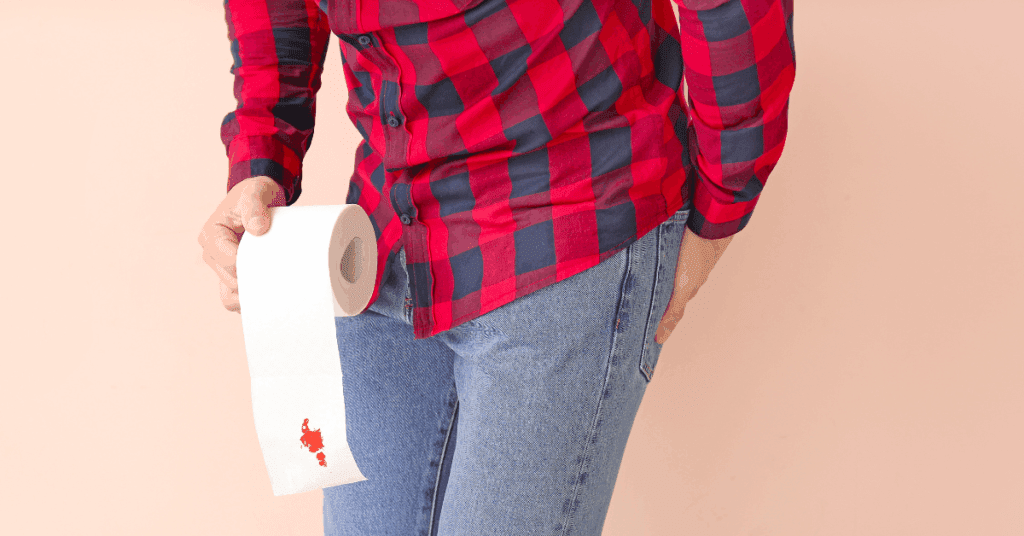FAQs
What are the main causes of rectal bleeding?
Hemorrhoids and anal fissures are common benign blood in stool causes, but more serious conditions like colorectal polyps, diverticular disease, inflammatory bowel disease, and tumors can also be the reason for blood in motion. Determining the exact why blood comes in stool requires a medical evaluation.
When should I be worried about blood in stool?
You should be worried if rectal bleeding is persistent, heavy, or accompanied by severe abdominal pain, weight loss, or changes in bowel habits, or if you are over 40 years old. These are crucial blood in stool symptoms that warrant immediate medical attention.
Can hemorrhoids cause bright red blood in stool?
Yes, hemorrhoids are one of the most common blood in stool causes and typically result in bright red blood on wiping or in the toilet bowl, often without pain in their early stages. The blood usually appears as splashes in the pan as the stool comes out.
What is the Ayurvedic treatment for rectal bleeding?
Blood in stool treatment in Ayurveda involves therapies like Kshara Karma for hemorrhoids, Udumbara Kwatha and Vasti therapy for ulcerative colitis, and styptic formulations with cold potency and purgative properties. These aim to stop bleeding and promote healing while addressing the underlying imbalances.
Does rectal bleeding always mean cancer?
No, rectal bleeding is often caused by benign conditions like hemorrhoids or anal fissures, but it can also be a blood in stool symptom of serious diseases, including colorectal cancer, making medical evaluation crucial. Therefore, it is important to consult a doctor to determine exactly why blood comes in motion.
How can I stop rectal bleeding at home?
For minor causes, home remedies focus on softening stools with increased fiber and hydration, using warm sitz baths for comfort, and avoiding irritants like spicy food, but these are not a substitute for professional diagnosis and blood in stool treatment. Persistent or severe bleeding always requires medical assessment.
REFERENCES
Katzman, W. B., Vittinghoff, E., Lin, F., Schafer, A., Long, R. K., Wong, S., et al. (2017). Targeted spine strengthening exercise and posture training program to reduce hyperkyphosis in older adults: results from the Study of Hyperkyphosis, Exercise, and Function (SHEAF) randomized controlled trial.
Osteoporosis International, 28(10), 2831–2841.

Sepehri, S., Sheikhhoseini, R., Piri, H., et al. (2024). The effect of various therapeutic exercises on forward head posture, rounded shoulder, and hyperkyphosis among people with upper crossed syndrome: a systematic review and meta-analysis.
BMC Musculoskeletal Disorders, 25:105.

Kado, D. M., Huang, M. H., Karlamangla, A. S., Barrett-Connor, E., & Greendale, G. A. (2004). Hyperkyphotic posture predicts mortality in older community-dwelling men and women: a prospective study.
Journal of the American Geriatrics Society, 52(10), 1662–1667.



